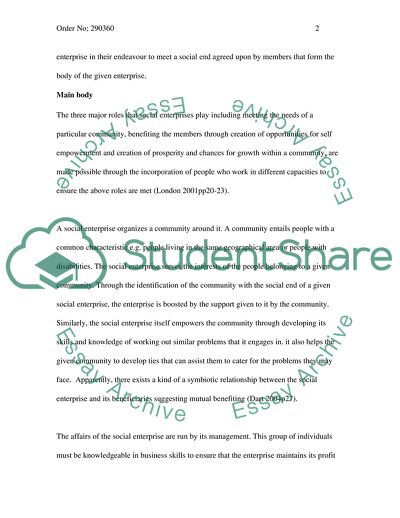Cite this document
(Analysis of Social Enterprise Coursework Example | Topics and Well Written Essays - 1500 words, n.d.)
Analysis of Social Enterprise Coursework Example | Topics and Well Written Essays - 1500 words. https://studentshare.org/social-science/1722900-social-enterprise
Analysis of Social Enterprise Coursework Example | Topics and Well Written Essays - 1500 words. https://studentshare.org/social-science/1722900-social-enterprise
(Analysis of Social Enterprise Coursework Example | Topics and Well Written Essays - 1500 Words)
Analysis of Social Enterprise Coursework Example | Topics and Well Written Essays - 1500 Words. https://studentshare.org/social-science/1722900-social-enterprise.
Analysis of Social Enterprise Coursework Example | Topics and Well Written Essays - 1500 Words. https://studentshare.org/social-science/1722900-social-enterprise.
“Analysis of Social Enterprise Coursework Example | Topics and Well Written Essays - 1500 Words”. https://studentshare.org/social-science/1722900-social-enterprise.


